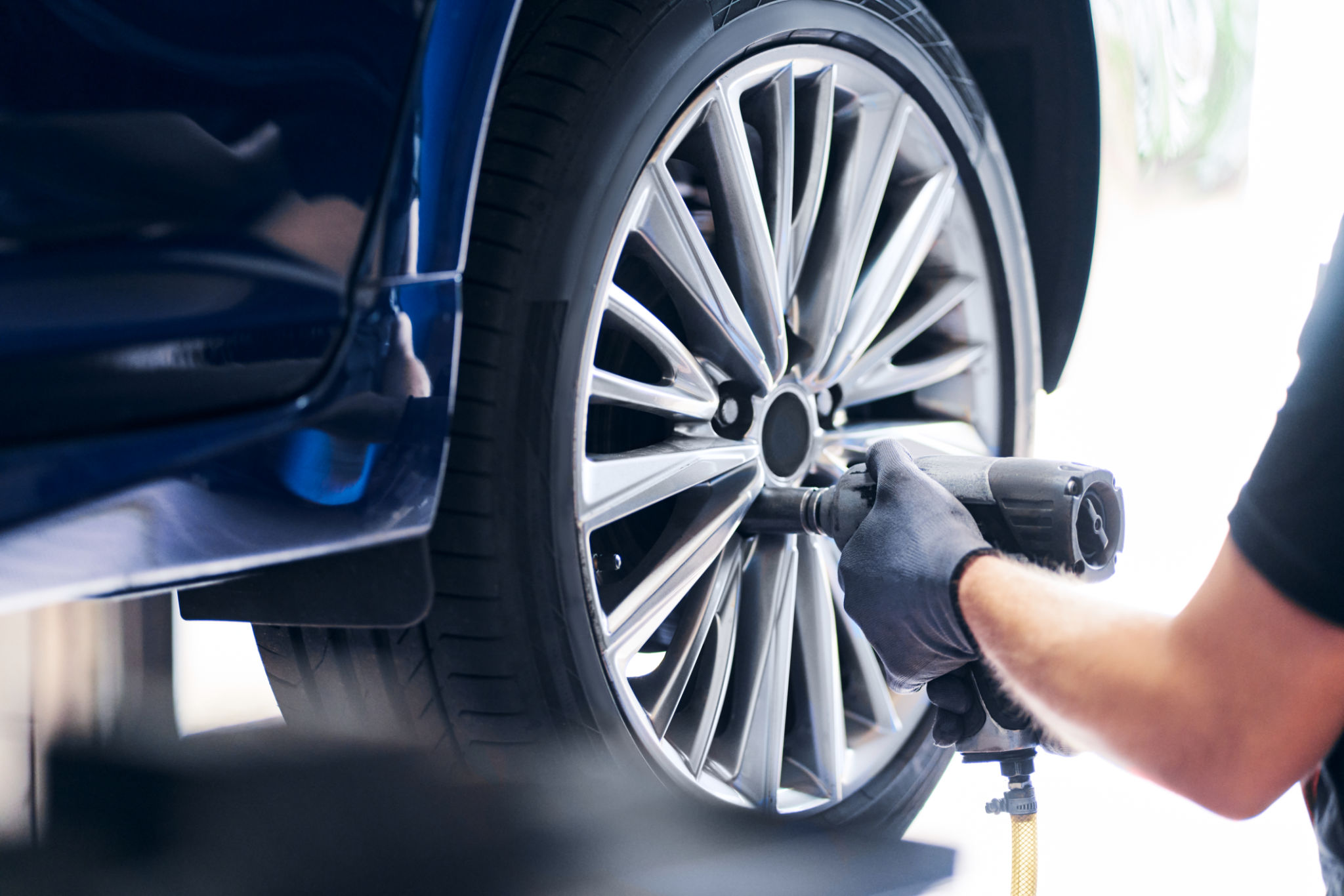Understanding Tire Tread Patterns: What You Need to Know
Understanding Tire Tread Patterns
When it comes to vehicle safety and performance, tire tread patterns play a crucial role. These patterns are not just about aesthetics; they are designed to enhance traction, handling, and overall driving experience. Understanding the different types of tire tread patterns can help you make informed decisions when choosing tires for your vehicle.

Why Tread Patterns Matter
Tire tread patterns are essential for maintaining grip on various surfaces. The design and depth of the tread can impact how well your vehicle handles different weather conditions, such as rain or snow. Tread patterns help channel water away from the tire surface, reducing the risk of hydroplaning. Additionally, they affect fuel efficiency and noise levels while driving.
Proper tread patterns are critical for ensuring your vehicle can stop effectively, especially in emergency situations. Without adequate tread, your car may not be able to grip the road properly, leading to longer braking distances and reduced control.
Types of Tread Patterns
There are several common types of tread patterns, each suited to specific driving conditions and vehicle types:
- Symmetrical Tread Patterns: These are the most common and versatile, offering smooth driving and even wear. They are ideal for everyday use on highways and city roads.
- Asymmetrical Tread Patterns: These patterns feature different designs on the inner and outer sides of the tire, providing enhanced performance in dry and wet conditions.
- Directional Tread Patterns: Designed for forward rolling, these patterns are optimal for high-speed driving and wet traction.

Choosing the Right Tread Pattern
Selecting the appropriate tread pattern depends on several factors, including your driving habits, the usual weather conditions in your area, and the type of vehicle you drive. For instance, if you frequently drive in rainy or snowy conditions, opting for a tire with a directional or asymmetrical tread pattern may be beneficial.
Consider consulting with a tire specialist to help determine the best tread pattern for your needs. They can evaluate your vehicle's requirements and recommend options that will provide optimal performance and safety.
Caring for Your Tires
To maintain the effectiveness of your tire tread patterns, regular maintenance is essential. This includes checking tire pressure, rotating your tires to ensure even wear, and inspecting tread depth. A simple way to check tread depth is by using the penny test: insert a penny into the tread with Lincoln's head upside down. If you can see all of Lincoln's head, it's time to replace your tires.

By understanding tire tread patterns and their importance, you can enhance your vehicle's safety and performance. Whether you're replacing old tires or shopping for new ones, keeping these factors in mind will help you make informed decisions and ensure a smoother driving experience.